Nourishing Qi and Blood: A Warming Recipe for Angelica and Lamb Soup
In the cold season, a bowl of steaming Angelica and Lamb Soup not only warms the body but also nourishes Qi and blood, infusing the body with continuous energy. As one of the traditional medicinal dishes of China, Angelica and Lamb Soup combines deliciousness and nutrition, making it an excellent choice for winter health preservation.
Today, I would like to share the detailed recipe for this dish, allowing you to enjoy this traditional nourishing delicacy at home. Whether you are a health enthusiast or want to prepare a warm and nourishing soup for your family, this article will be helpful to you.
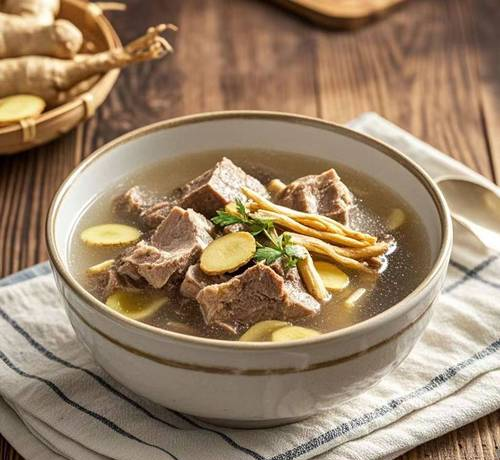
Ingredients Introduction
Main Ingredients
- Lamb 500 grams (preferably lamb leg or lamb chop)
- Angelica (Dang Gui) 15 grams
- Astragalus (Huang Qi) 20 grams
- Red dates (Hong Zao) 8-10 pieces
- Ginger slices 5-6 pieces
- Cooking wine 2 tablespoons
- Salt to taste
Choosing Lamb
Choosing the right lamb is a key step in this soup. Fresh lamb should appear pink, be elastic, and have no off-putting smell. If possible, choose lamb that was slaughtered on the same day to ensure the best taste and nutritional value.
Lamb is warm in nature and has the effects of nourishing Qi and blood, warming the spleen and stomach, making it particularly suitable for individuals with weak constitutions and cold hands and feet. Traditional Chinese Medicine (TCM) believes that “nourishing in winter prepares for the spring,” and lamb is an excellent choice for winter nourishment.
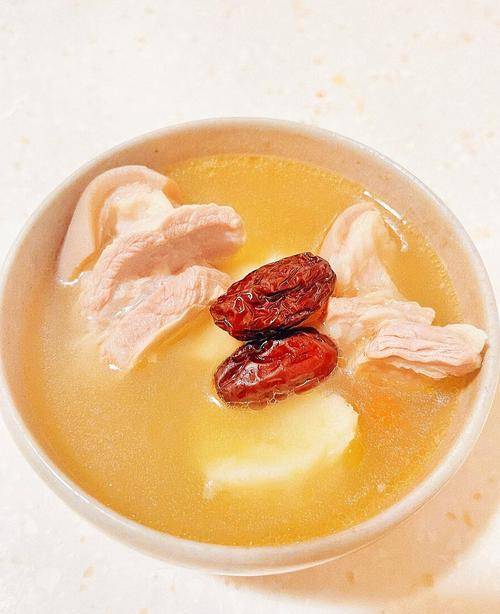
Effects of Angelica
Angelica is known as the “queen of blood tonics” and is a precious herb in traditional Chinese medicine. It not only can invigorate blood and dispel stasis but also nourishes blood and enhances beauty, particularly beneficial for women. The combination of Angelica and lamb complements each other, achieving a double nourishing effect.
Preparation Steps
- Preparation: Clean the lamb and cut it into 3 cm cubes. Soak the Angelica, Astragalus, and red dates in clean water for 30 minutes.
- Deodorizing: Place the cut lamb into a pot, add cold water to cover the lamb, and bring to a boil over high heat. Once foam appears, remove the lamb and rinse it with clean water to eliminate the lamb’s odor.

- Blanching: Prepare a new pot of cold water, add ginger slices and cooking wine, then add the processed lamb. Bring to a boil over high heat, then reduce to medium-low heat and cook for 3 minutes, then remove the lamb and rinse it clean again.
- Making the Soup: Place a clay pot on the stove, add 2 liters of clean water, and add the blanched lamb, soaked Angelica, Astragalus, and red dates, along with a few new slices of ginger.
- Slow Cooking: Bring to a boil over high heat, skim off the foam, then reduce to low heat and simmer for 1.5-2 hours until the lamb becomes tender. During this process, the essence of the herbs and the freshness of the lamb will fully blend, creating a rich soup base.
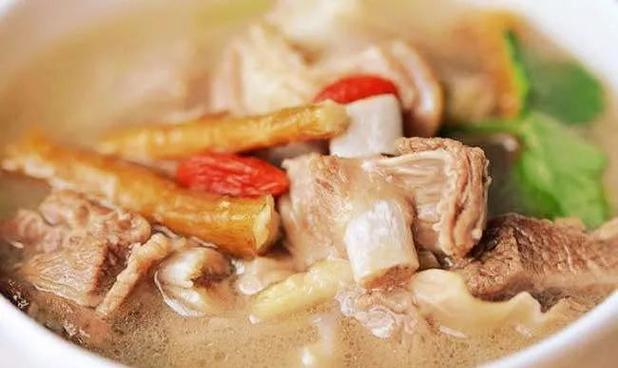
- Seasoning: When the soup is nearly done, add an appropriate amount of salt to taste. Be careful not to add salt too early, as it may affect the tenderness of the lamb.
- Serving: After turning off the heat, you can sprinkle some finely chopped green onions for garnish, adding flavor and color.
Tasting Experience
A good bowl of Angelica and Lamb Soup should have an amber color, clear and bright. The lamb should be tender but not falling apart, melting in your mouth with a long-lasting aftertaste. The soup is infused with the medicinal aroma of Angelica and the freshness of lamb, offering a unique fragrance of herbs while maintaining the richness of meat broth.
Consumption Suggestions
Angelica and Lamb Soup is best enjoyed hot, allowing you to fully appreciate its deliciousness and absorb its nutrients. Generally, consuming it 1-2 times a week is sufficient, as excessive consumption may lead to internal heat.
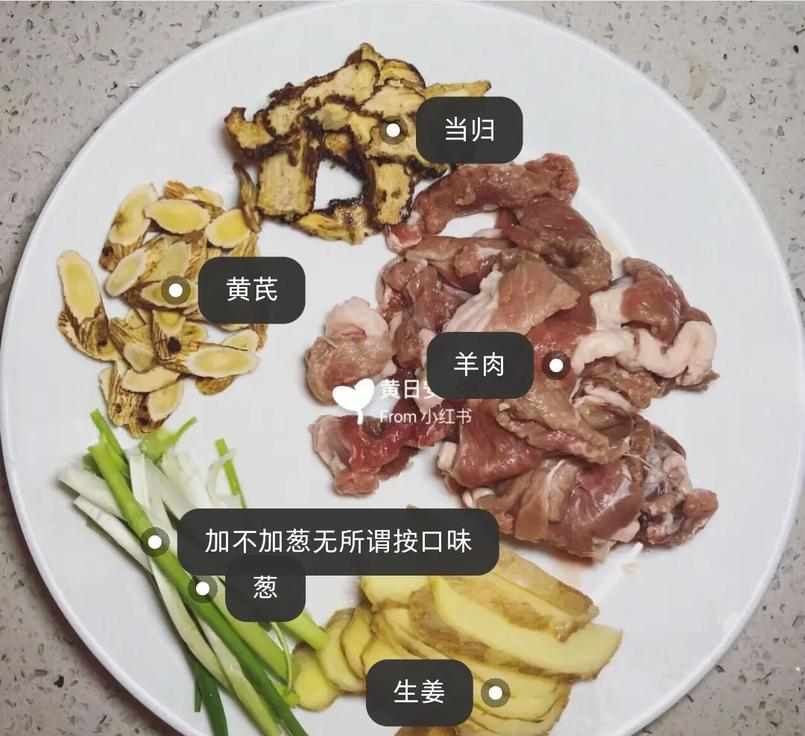
Special reminder: Pregnant women, women during menstruation, and those with special constitutions are advised to consult a doctor or TCM practitioner before consumption.
Cultural Significance
In traditional Chinese culture, food therapy and medicinal cuisine hold an important place. The concept of “medicine and food sharing the same source” is deeply rooted in people’s hearts, and Angelica and Lamb Soup is a perfect embodiment of this idea. It is not only a delicious dish but also a good medicine, reflecting the essence of Chinese dietary culture.
Every time I make this soup, I feel as if I can sense the wisdom of our ancestors. They used daily food to regulate the body and prevent diseases, and this simple health-preserving philosophy still holds significant relevance today.
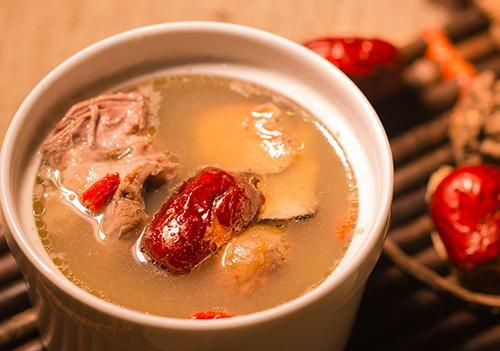
Although the process of making Angelica and Lamb Soup may seem a bit complicated, the results are rewarding. A pot of soup not only satisfies your culinary cravings but also provides nourishing health benefits. I hope everyone can try making this dish, bringing warmth and care to themselves and their families during the cold season.
Have you ever tried Angelica and Lamb Soup? Or do you have any unique cooking tips to share? Feel free to communicate with me in the comments!

